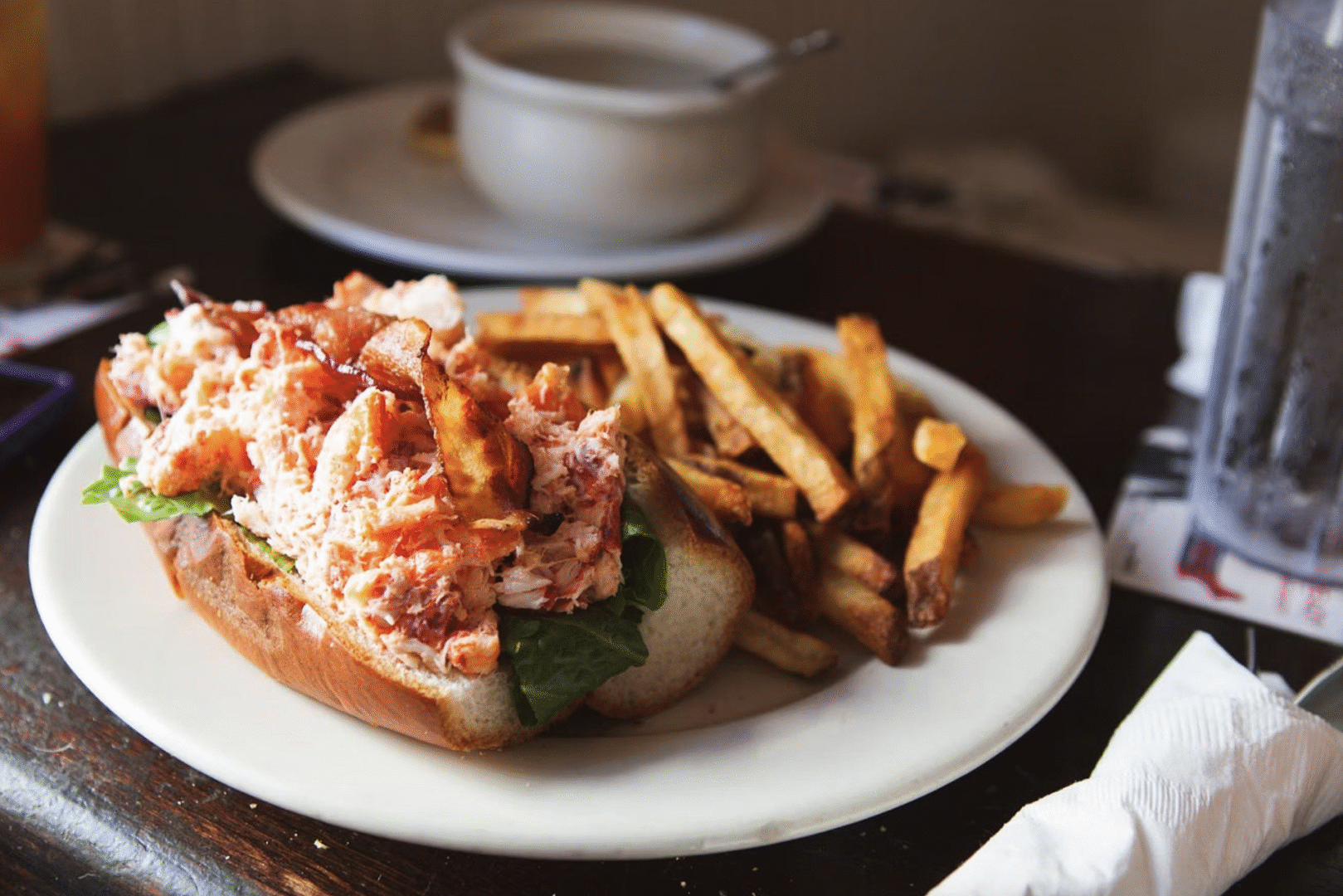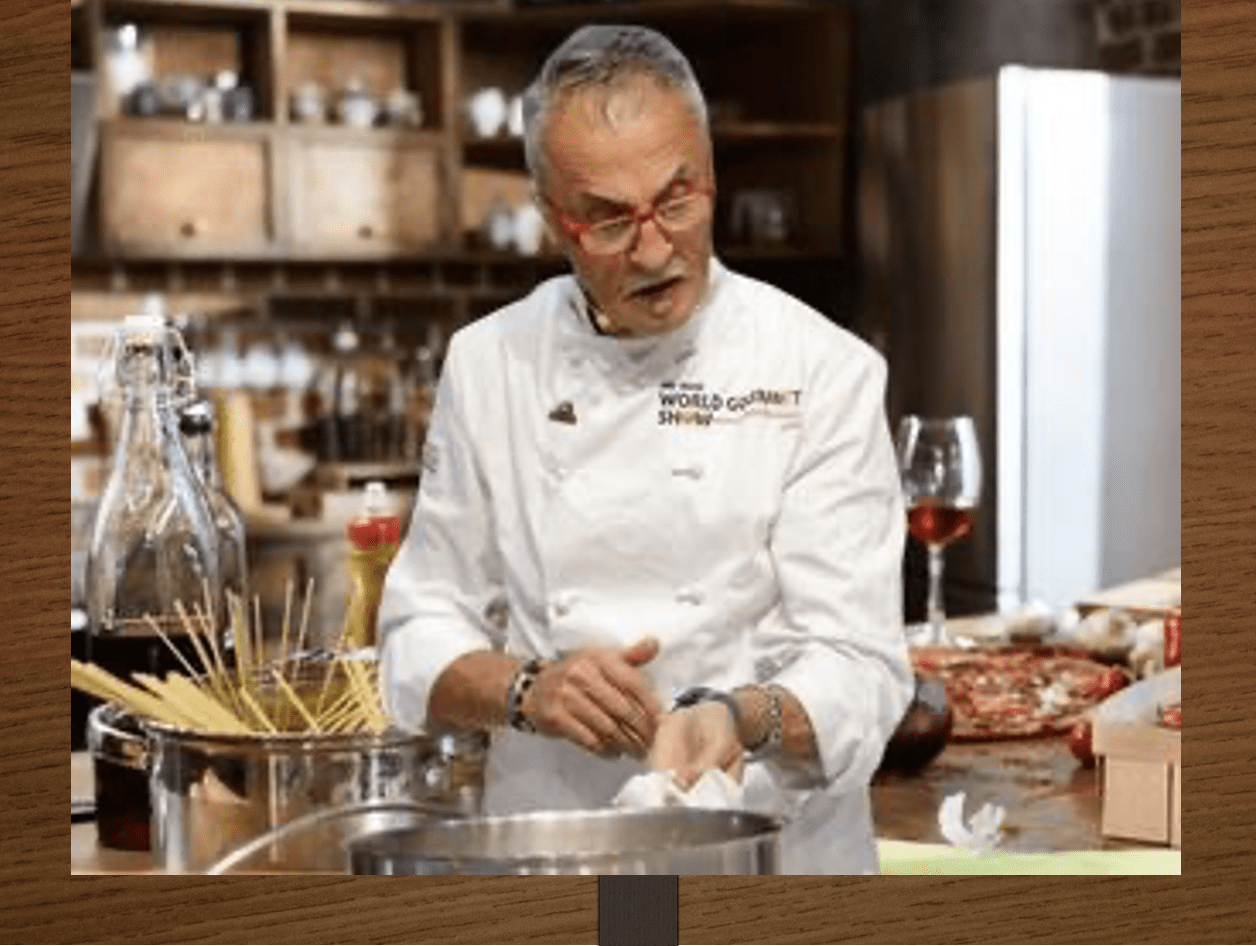SUMMER FEAST FOR THE PALATE
Let’s discover New England’s culinary soul and the unique palate. Included a test recipe for the classic Lobster roll
by Executive Chef Walter Potenza, contributing writer
Every summer, New England’s unique culinary charm invites travelers to explore its charming coastal villages, misty mountains, and rolling farmlands. It’s not just the beautiful landscapes that draw people in; it’s the mouthwatering food that feels as fresh and inviting as the perennial ocean breeze! From cozy lobster shacks perched on weathered docks to delightful farm stands overflowing with just-picked berries, this region is all about simple, delicious flavors where the ingredients shine, and the traditions are rich.
Food here is more than just a meal; it’s a connection to the sea, the soil, and generations of cooks who have honed these flavors over centuries.
New England’s culinary history is a living narrative shaped by Indigenous traditions, colonial creativity, and waves of immigration that have transformed simple ingredients into iconic dishes. The briny sweetness of the freshly steamed lobster, the caramelized crust of Vermont maple-glazed ham, and the tangy burst of Cape Cod cranberries—each bite carries the weight of history.
But more than that, it carries the power of transformation. Native Americans introduced settlers to the ‘three sisters’ (corn, beans, and squash), along with wild blueberries and the art of maple sugaring, which are the foundations that still define the region’s palate. The Puritans adapted English techniques to these new ingredients, resulting in slow-simmered Boston baked beans enriched with molasses from the Caribbean trade and hearty apple pies that transformed a foreign fruit into an American symbol.
The transformative power of New England’s culinary heritage serves as inspiration for all who appreciate the art of cooking.
The sea, of course, is New England’s most fabulous pantry, providing a rich variety of seafood. Lobster, once so plentiful it was considered peasant food, now stars in buttery rolls and rich bisques. At the same time, clams take center stage in creamy chowders and crispy fried strips. Cod, once salted for long voyages, remains a fixture on menus, whether beer-battered or baked with breadcrumbs.
Yet the land is just as generous: Vermont’s dairy farms produce sharp cheddars and velvety ice creams, while New Hampshire’s maple syrup adds sweetness to everything from pancakes to baked beans. Even the humble whoopee pie, a Maine classic, tells a story of Depression-era ingenuity when cooks sandwiched frosting between cake-like cookies for a treat that could stretch ingredients. These local ingredients are not just the building blocks of New England’s cuisine but the very essence of its culinary heritage.
What truly makes summer in New England a culinary delight is how the season amplifies the best in these flavors. Farmers’ markets overflow with strawberries so ripe they stain your fingers, and roadside stands offer corn so fresh it’s sweet even when eaten raw. The summer sun infuses these ingredients with an extra dose of flavor, making each bite a celebration of the season.
Clambakes, a tradition borrowed from Native Americans, bring communities together over steaming pits of seafood, corn, and potatoes, while ice cream shops—like Vermont’s Ben & Jerry’s—draw lines down the block for flavors infused with local maple and berries. Even the drinks tell a story: crisp apple ciders, tart cranberry cocktails, and coffee milk (Rhode Island’s official state drink) offer sips of regional pride.
Today’s chefs in New England honor these roots while adding their twists. You might find lobster poutine (a Canadian-New England mashup) or a deconstructed blueberry pie with lavender-infused cream. Yet the soul remains—a steadfast commitment to quality, a deep respect for tradition, and a belief that the best meals are those that tie us to place.
This respect for tradition is not just a culinary principle but a way of connecting to the past. So, whether you’re cracking a lobster on a wharf at sunset or biting into a warm cider donut at a county fair, you’re not just tasting New England. You’re experiencing its heart and feeling the connection to generations of cooks who’ve refined these flavors over centuries.
Classic New England Lobster Roll Recipe
There’s no taste of summer quite like a perfect lobster roll—tender chunks of fresh lobster lightly dressed in creamy mayo piled into a buttery toasted bun. This iconic New England dish, believed to have originated in Connecticut in the 1920s, is surprisingly simple to make. It lets the sweet, briny flavor of lobster shine, with just enough richness to make every bite unforgettable. It’s a dish that embodies the region’s affection for fresh seafood and straightforward yet delectable preparations.
Ingredients for two servings
1 ½ lbs. cooked lobster (about two medium lobsters), meat removed and chopped into bite-sized pieces
3 tablespoons high-quality mayonnaise (or more to taste)
1 teaspoon fresh lemon juice
1 tablespoon melted butter, plus extra for toasting the buns
1 celery stalk, finely diced
1 tablespoon chopped fresh chives
A dash of kosher salt and freshly ground black pepper
2 top-split hot dog buns (preferably New England-style, if available)
Instructions
Prepare the Lobster: If you’re using whole-cooked lobsters, begin by removing the meat from the claws, knuckles, and tail. Chop the meat into generous, bite-sized pieces, being careful not to overmix to maintain a luxurious texture.
Let’s go to the kitchen and make the condiment: In a mixing bowl, gently combine the lobster meat, mayonnaise, lemon juice, chopped celery, chives, salt, and pepper. Give it a try, and feel free to adjust the flavors to suit your taste! If you’re feeling adventurous, you could add a sprinkle of Old Bay seasoning or a pinch of cayenne pepper for a little extra kick. Once you’ve got it just right, pop the mixture in the fridge and chill for about 15 minutes to allow all the delicious flavors to come together.
Now toast the bun: Grab a cast-iron skillet and heat it over medium heat. Brush the outside of each bun with some melted butter, then toast them until they’re golden brown—about 2 minutes on each side.
It is time to assemble: Now, scoop that tasty lobster salad into the warm buns, piling it up nice and high! For a finishing touch, sprinkle on some extra chives and add a lemon wedge on the side. Enjoy your delicious creation!
Serve with: Cape Cod potato chips and pickles for crunch or go full coastal with a side of clam chowder. For a Connecticut twist, skip the mayo and serve the lobster warm, drizzled with melted butter and a squeeze of lemon.
Some suggestions from our kitchen:
Chilled, not over-dressed: The mayo should enhance, not overwhelm, the lobster’s natural sweetness.
Top-split buns: A New England staple, these buttery and toasted buns hold the filling without becoming soggy.
Celery for crunch: Adds freshness without competing flavors.
For the ultimate experience, buy lobsters live from a Maine dock (or a trusted fishmonger) and steam them yourself—the difference in flavor is unforgettable. It will guarantee a New England experience served on a bun.
___
|
|
A culinary ambassador in Chef Walter’s sustainable culinary tourism program represents and promotes a particular region’s cultural, historical, and gastronomic heritage. The role involves guiding participants through immersive culinary experiences that reflect Chef Walter’s sustainability philosophy, authenticity, and deep connection to local food traditions.
|
___
Chef Walter is featured HERE every Sunday with his regular Ask Chef Walter column!
Meet Chef Walter! There is a constant, recognizable thread in the career of Walter Potenza to elevate the level of Italian culinary culture in the United States. Besides his unquestionable culinary talent and winning business perspective, Chef Walter has been a relentless educator with passion and knowledge who defeats stereotypes. His life, career, and values are a model, an example to follow by any chef of Italian gastronomy working outside Italy.
Chef Walter appears regularly on National and International Networks such as Food Network, ABC, CBS, NBC, RAI, FOX, and Publications such as NY. Times, Washington Post, Wall Street Journal, Food & Wine, Saveur, Gourmet, and several Italian media outlets. And now, RINewsToday!




